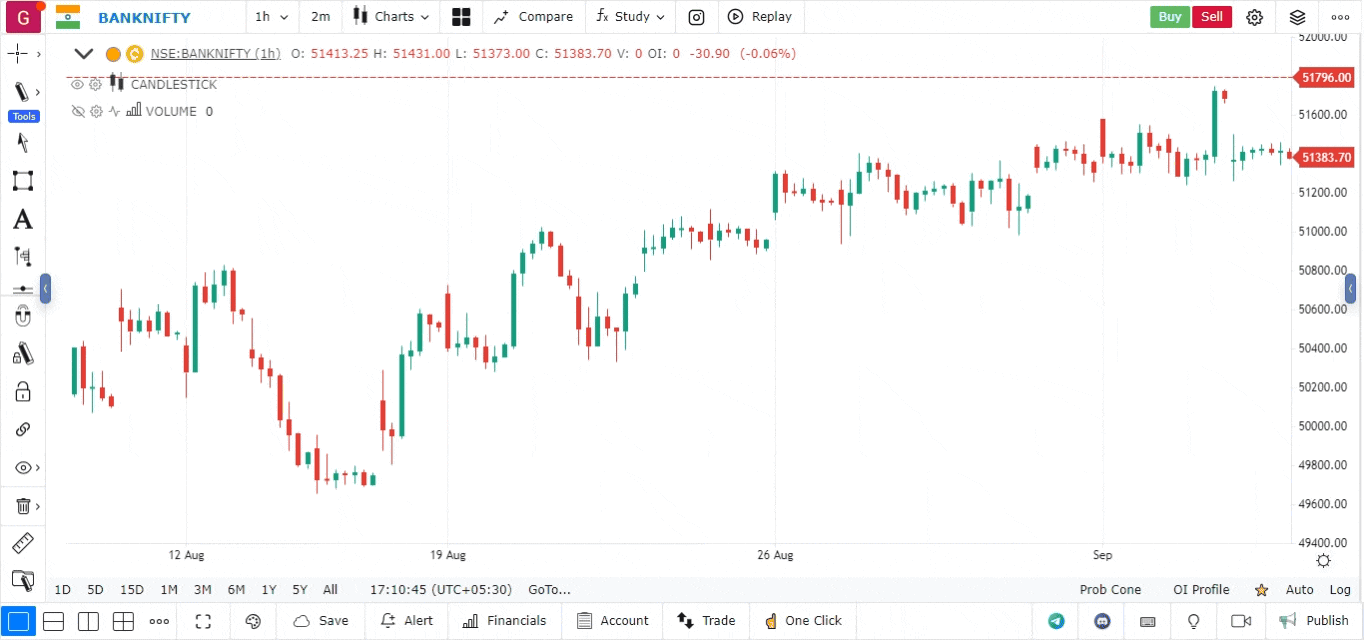Typical Price Indicator
The Typical Price Indicator is a technical analysis tool that provides a single price point that reflects the average price of an asset over a given period. It is calculated by taking the average of the high, low, and closing prices. This indicator is often used to identify market trends and potential support and resistance levels.
Key Features of the Typical Price Indicator:
- Average Price Measurement: Offers a simple representation of the average price, aiding in trend analysis.
- Foundation for Other Indicators: Often used as a base for calculating other technical indicators, such as the Volume-Weighted Average Price (VWAP).
- Signal Generation: Helps identify potential price levels where the asset may experience support or resistance.
Calculation of the Typical Price Indicator
The Typical Price is calculated using the following formula:
Where:
- High: The highest price of the asset during the specified period.
- Low: The lowest price of the asset during the specified period.
- Close: The closing price of the asset for that period.
Using the Typical Price Indicator
To effectively analyze the Typical Price Indicator on [platform name], follow these steps:
-
Load the Chart for the Asset:
- Open the charting platform.
- Load the chart for the specific asset you wish to analyze.
-
Set the Timeframe:
- Choose an appropriate timeframe for your analysis (e.g., daily, weekly). The Typical Price Indicator can be applied to various timeframes.
-
Add the Typical Price Indicator:
- Navigate to the Indicators section.
- Search for Typical Price in the list of available indicators.
- Click on the Typical Price Indicator to add it to your chart. It will appear in a separate panel below the main price chart.

-
Interpret Signals:
- Trend Analysis: Analyze the movement of the Typical Price line in relation to the price action. If the price consistently stays above the Typical Price, it may indicate a bullish trend; conversely, if the price remains below, it may suggest a bearish trend.
- Support and Resistance Levels: The Typical Price can help identify potential support and resistance levels. Prices approaching the Typical Price may experience increased buying or selling pressure.
- Combining with Other Indicators: Use the Typical Price in conjunction with other indicators, such as moving averages, to strengthen your analysis.